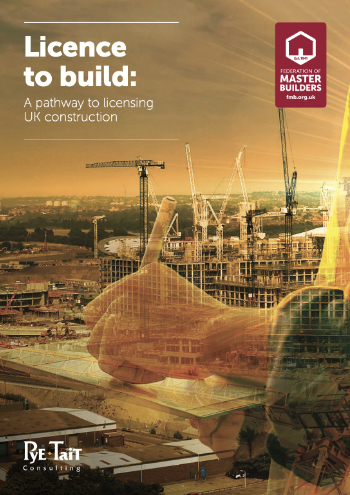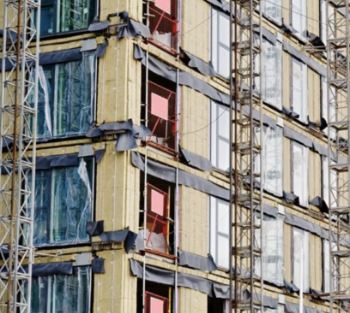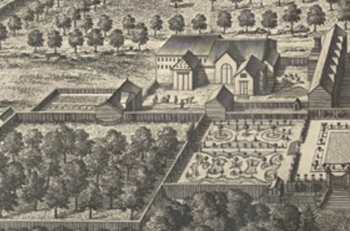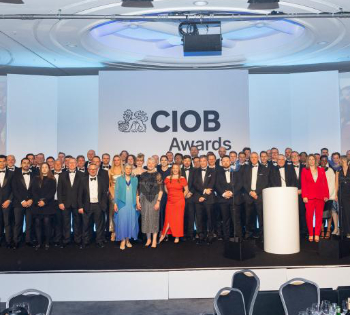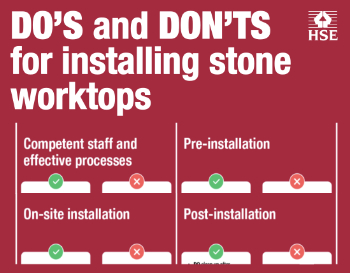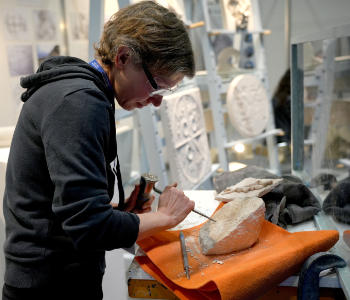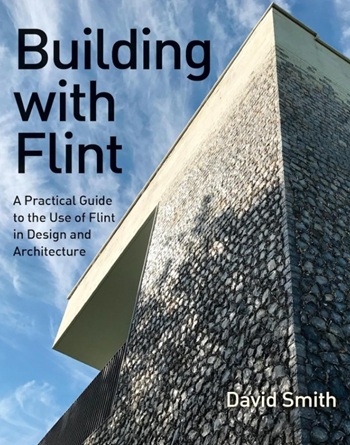Difference between procurement and tendering
In its broadest sense, the term procurement refers to the entire process of identifying a need and then securing the supply of goods or services that satisfy that need. In the construction industry, this typically includes preparing a brief, appointing consultants, preparing designs and specifications and identifying and appointing suppliers such as contractors.
There are many different routes by which the design and construction of a building can be procured. The selected route should follow a strategy which fits the long-term objectives of the client's business plan. The National Construction Contracts and Law Report 2018, published by NBS, suggested the following mix of procurement routes in the construction industry:
- Traditional procurement 46%
- Design and build 41%
- Partnering / alliancing 3%
- Construction management 3%
- Contractor approved without any tender process 2%
- Measured term 1%
- PFI / PPP 1%
- Cost plus 1%
- Management contracting 1%
For more information see: Procurement route.
The tender process is part of the procurement process. It refers specifically to the process of seeking bids (tenders) from prospective suppliers for the supply of the goods and services that are being procured. An invitation to tender might be issued for a range of contracts, including; equipment supply, the main construction contract (perhaps including design by the contractor), demolition, enabling works, and so on.
Tender procedures will vary depending on the nature of the goods or services that are being procured, but very broadly they can be classified as either single-stage or two-stage:
- Single-stage tendering is the more traditional route, used when all the information necessary to calculate a realistic price is available when tendering commences. In this case, an appointment is made for all of the works required based on a tender received.
- Two-stage tendering is used to allow the early appointment of a supplier, before all the information required to enable them to offer a fixed price has been completed. In the first stage, a limited appointment is agreed allowing the supplier to begin work and in the second stage a fixed price is negotiated for the main contract.
For more information see: Tender process.
[edit] Related articles on Designing Buildings
Featured articles and news
The world’s first publicly funded civic park.
Exploring permitted development rights for change of use
Discussing lesser known classes M, N, P, PA and L.
CIOB Art of Building 2024 judges choice winner
Once Upon a Pass by Liam Man.
CIOB Art of Building 2024 public choice winner
Fresco School by Roman Robroek.
HE expands finance alliance to boost SME house building
Project follows on from Habiko public-private place making pension partnership for affordable housing delivery.
Licensing construction; looking back to look forward
Voluntary to required contractors (licensing) schemes.
A contractor discusses the Building Safety Act
A brief to the point look at changes that have occurred.
How orchards can influence planning and development.
CIOB Construction Manager of the Year award
Shortlist set to go head-to-head for prestigious industry title.
HSE simplified advice for installers of stone worktops
After company fined for repeatedly failing to protect workers.
Co-located with 10th year of UK Construction Week.
Time for knapping, no time for napping
Decorative split stone square patterns in facades.
A practical guide to the use of flint in design and architecture.













